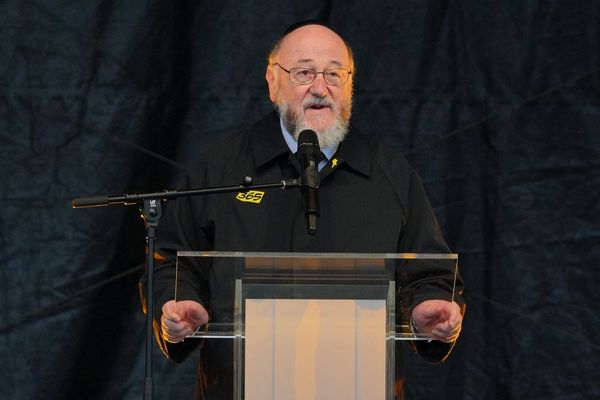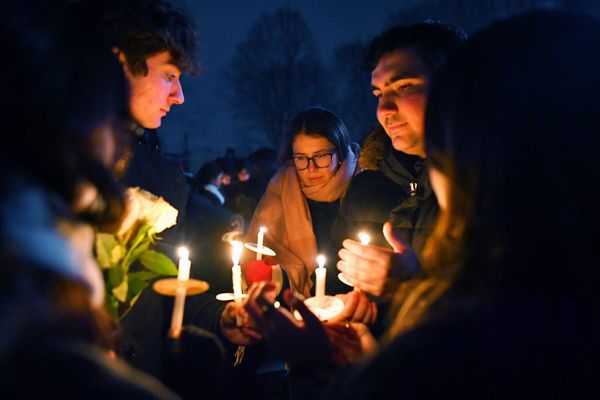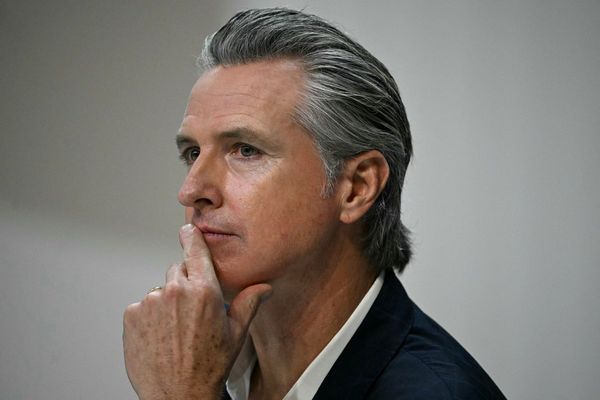
Mercedes thinks a double whammy of sensitivity to brake locking and snaps of oversteer during qualifying runs were the trigger for the difficulties Lewis Hamilton had in 2024.
Hamilton endured a challenging season with the W15 as he especially found himself unable to get as much out of his car in qualifying as team-mate George Russell.
Over the 24-race season, which included six sprint events, Russell outqualified him 24-6, with the tally 19-5 if you exclude the sprints.
Watch: Ranking Autosport's Top 50 Drivers of 2024 - 50 to 41
That deficit to Russell was only a couple of tenths at times but, with the F1 grid being so competitive last season, that was enough to drop Hamilton several places down the grid – which made his recoveries on Sundays harder.
Mercedes head of trackside engineering Andrew Shovlin said that Hamilton was ultimately hampered battling a car that wasn't fast enough and had a narrow set-up window.
But there were some specifics to the seven-time world champion's driving that meant he was not as comfortable extracting everything that was possible on new tyres.
"The car hasn't been quick enough, and that's been the thing that we've been trying to solve," said Shovlin, reflecting on what the issues at play for Hamilton were.
"The car hasn't been easy to get into a nice balance window, and particularly once you get there, keeping it there has been a challenge.

"Beyond all of that, I think you know Lewis has struggled on a single lap. His race pace has been there throughout the weekend. But it's just with a close grid, you often start a few places behind your team-mate, and then you're held up and you can't show what you can do.
"But the read on Lewis's race pace has been very good. He showed in Las Vegas that if he has a car that works the way he wants, he can fight right back to the front. And we very much saw the old Lewis."
Shovlin detailed that there were some specifics on those qualifying runs that Hamilton was not especially comfortable with.
"The issue really for him has just been when you are trying to extract that last tenth or two," he said.
"It's been difficult in terms of trying to avoid brake locking, trying to avoid snaps on exit. It's just those issues.
"But the way the team looks at that is that we needed to give Lewis a car more like the one we had in Vegas, where it does suit his style, and he can do his best work with it."
While there seems to be a trend of drivers who are good on brakes – like Hamilton, Daniel Ricciardo and Kevin Magnussen – all having faced challenges with this generation of ground-effect car, Shovlin is not convinced that is the main factor.
He thinks that perhaps more important has been the challenge of rotating cars on the throttle, but without overheating the rears.
"I think these days, a lot of it is keeping heat out of the rear tyres," he said. "If you approach a corner in a way that that means that they're hot, or if you're having to turn the car on the throttle, then you will struggle with that.
"[Braking style] may be a factor in amongst it all, but I don't really know enough about Magnussen and Ricciardo to know whether that was their issue.
"But certainly keeping the heat out of the rear tyres on a single lap is the most important thing at about half to two thirds of the circuits."
That Russell was able to consistently get more out of the W15 suggested that there could be something to do with differing styles between him and Hamilton.
But Shovlin did not think that there was an obvious explanation as to why Russell got on top of the qualifying issues better.

Asked if there was an explanation that could be spotted on the data, Shovlin said: "I mean, not really in the style or approach, because Lewis is wise enough to know that if something is working for George, he can adapt his driving to go in that direction.
"There are things that you can see that ultimately, when they really start pushing, then that's when you start to get the snaps of oversteer on exit.
"And that, on occasion, is an area that Lewis might suffer more from than George. But, as I said, the focus for our year has been, how do we get the car in a way that Lewis needs to allow him to drive it on the limit and not suffer those problems."







